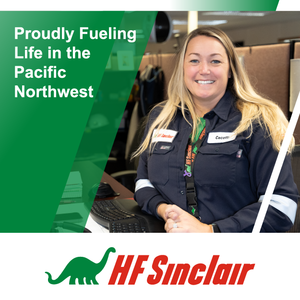Affordable what?
September 11, 2019
Affordable housing has become the elephant in the room that we are repeatedly forced to address. However, the symbol of the issue seems more akin to the Asian Indian parable of the “Blind Men and the Elephant.” Is the affordable housing issue the elephant or just the tail?
Historically, we have viewed this as a “first cost” problem. If we lower the initial cost of purchasing a home, people will be able to afford it. Unfortunately, this is a modest short-term fix. It doesn’t address rental markets or subsequent buyers. The market value of the home floats up and its affordability sinks.
I am not an economist. So, my observations are from a personal perspective. What seems to make housing unaffordable is rooted in our willingness to allow our homes to become commodities to be exchanged for wealth. For the upper middle-income earners, this is not typically a problem. But those who are at the lower end of the scale, this is a worsening situation. As the commodity values increase relative to market pressure, wage earners are left behind.
There are two models that are evolving and showing promise. Community land trusts are one; Habitat for Humanity is the other. While these two efforts address a small segment of the housing market, their successes gives some insight into the broader problems and possible solutions. Again, it’s an elephant with many parts.
La Conner has a great example of this in Channel Cove, west of Maple Avenue and north of Caledonia Street. Both Home Trust of Skagit and Skagit Habitat for Humanity consider Channel Cove to be the template for affordable housing development. It has rental and homeownership options for single and multifamily units. It is also a partnership of two private nonprofit organizations. We have the beginnings of a model. Let’s build on it.
There are some key ingredients to the limited success of these models that are worth noting. Both organizations are focused on “sustaining” the affordability of homes over time, not just the initial cost. Also, both organizations are mission oriented, not profit oriented. Their contributions to the local economic engine are through stable housing costs for lower income wage earners. And the new homeowners, in the Habitat model, are expected to participate in the building of Habitat homes (“sweat equity”). This is more than an individual financial investment. It brings stability and sustainability to the community.
Retired La Conner Town Administrator John Doyle writes a monthly column for the Weekly News.






Reader Comments(0)